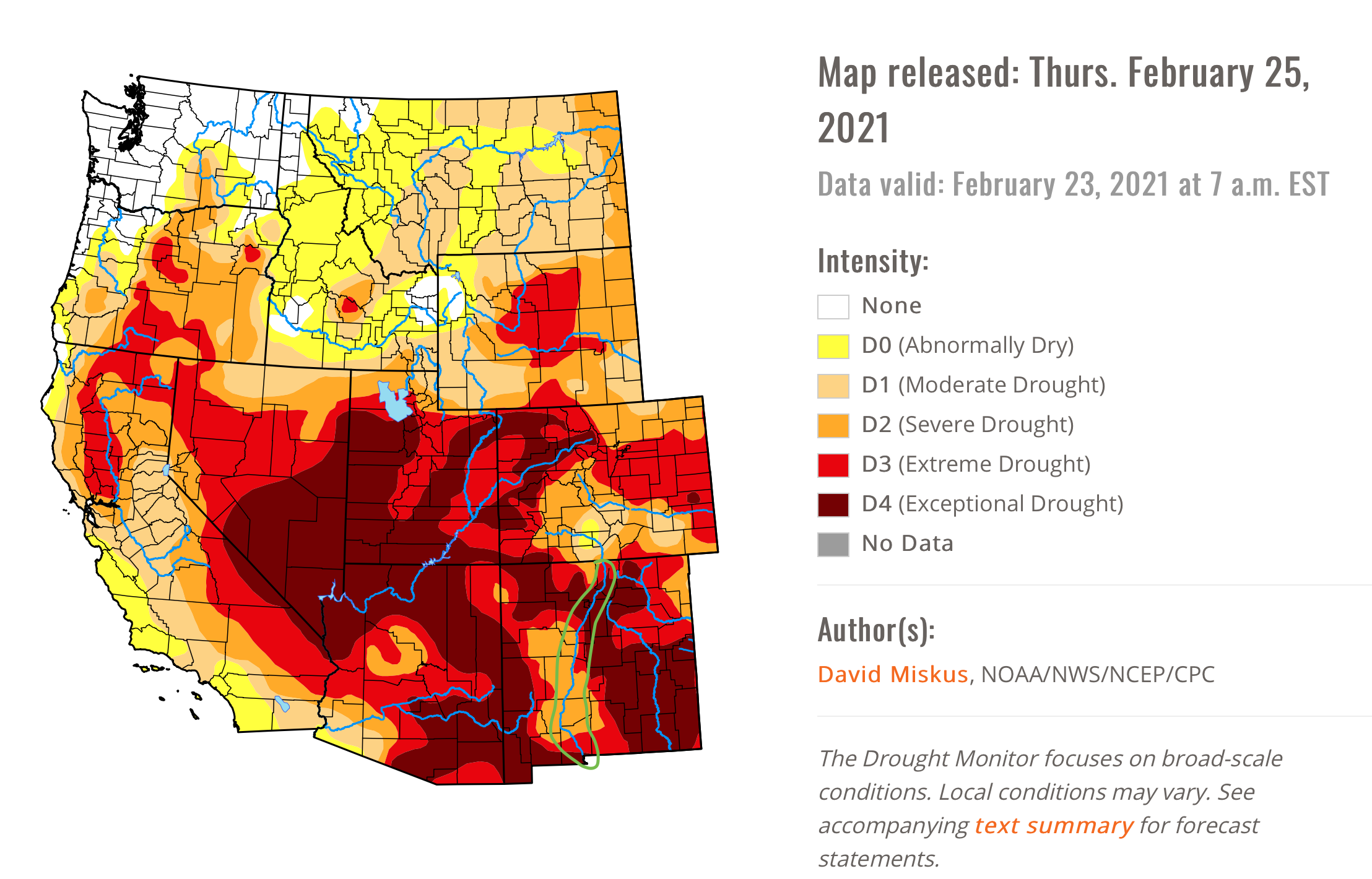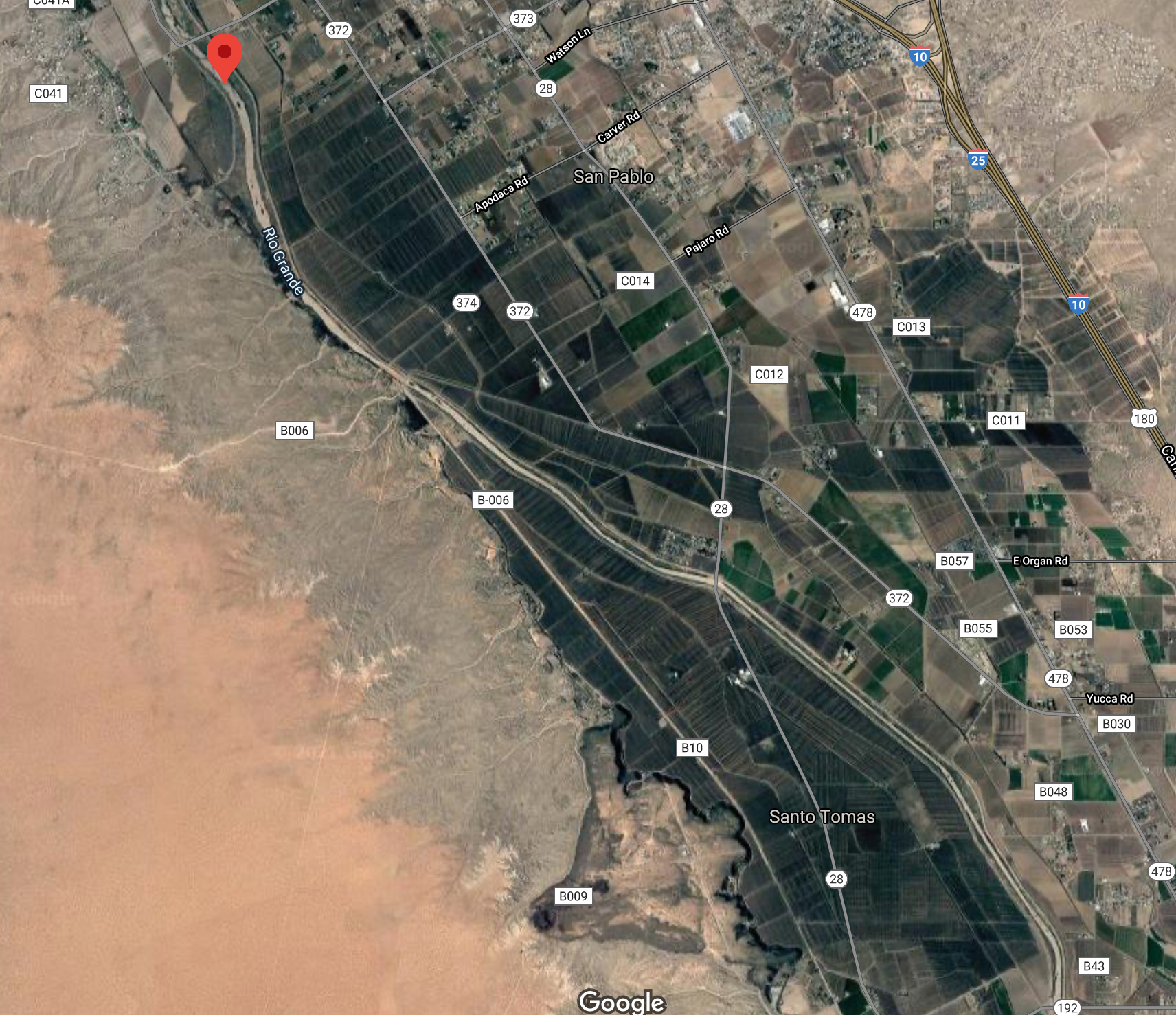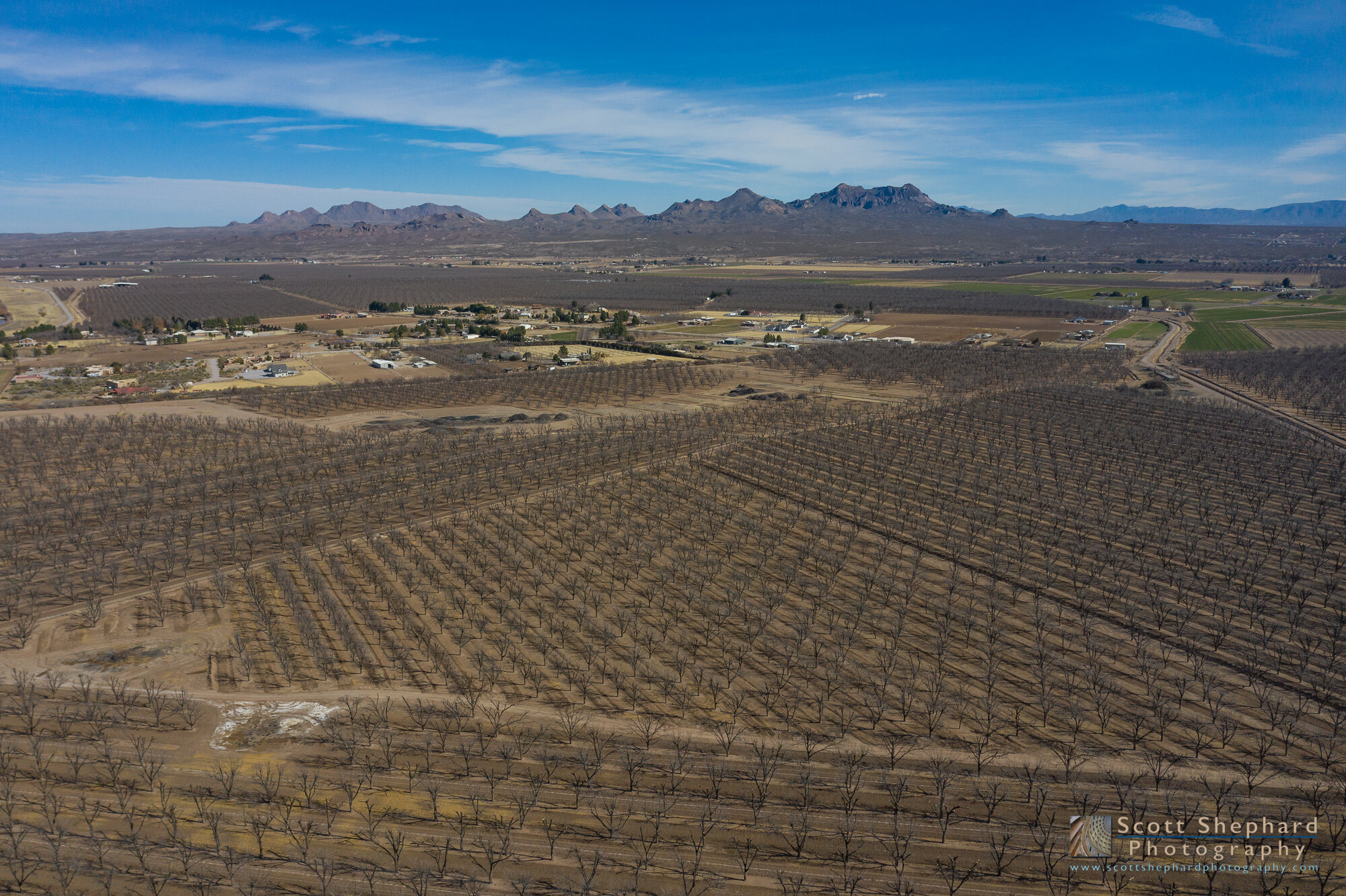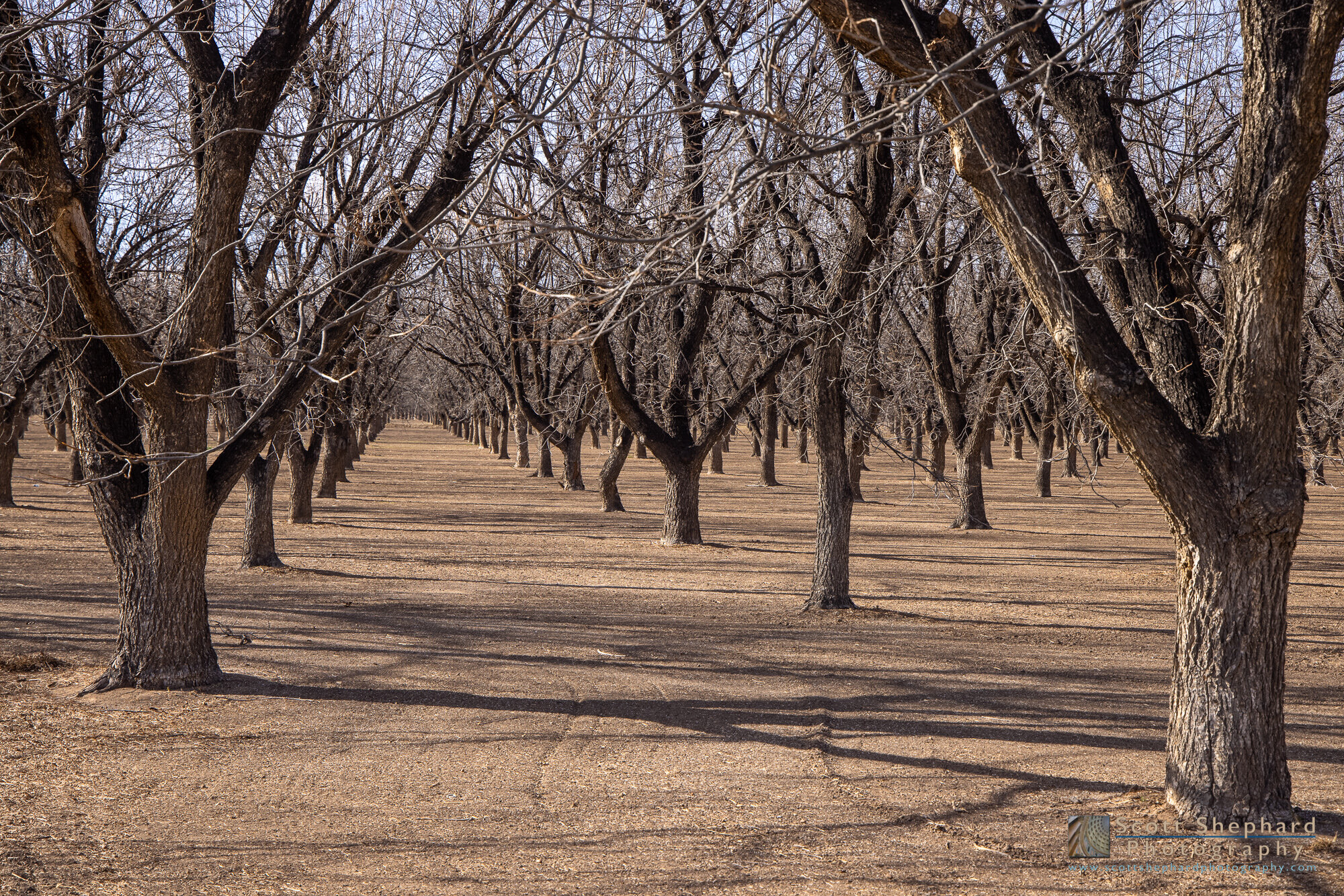By Scott Shephard
Rio Grande River near Las Cruces, New Mexico
My vision of the Rio Grande river was very different from what I saw yesterday when I scrambled down the shallow bank and walked out onto the sandy bottom. The Rio Grande, which starts in southwest Colorado, flows south through New Mexico, forms part of the border between Texas and Mexico and which ultimately flows into the Gulf of Mexico, is often portrayed as a broad, challenging body of water. In my imagination I see scenes from “No Country for Old Men” and visions of desperate refugees risking their lives by swimming across the flowing river to escape from lawlessness and poverty to the promise of liberty and opportunity in the US.
If you go to Google Maps and choose the satellite view, you will see crop land and pecan orchards where this photo was taken but you won’t find a river - just a long ribbon of sand. A local told us that this is not really normal for this time of year but for the last several years water flows have been far below normal. The persistent drought (see drought map below) in the western United States hasn’t helped. In fact all of New Mexico, Arizona, Utah, Nevada and Colorado are in various states of drought. And yet the crops in this part of the world are very thirsty, especially pecans, which grow in orderly groves periodically flooded with up to 2” of water. There are miles of pecan groves bordering the Rio Grande near Las Cruces.
The local we talked to, a park ranger at a state park, didn’t seem like a raging liberal but said that he has no doubt that climate change is a primary cause of of the persistent drought. Solution? Shorter showers? Fewer flushes? And maybe banana cream pie instead of pecan pie.
Today Deb and I relocate to El Paso, where the Rio Grand “flows” into Mexico before reappearing as the border between Texas and Mexico. I look forward to seeing a part of the US I’ve never been before. But I doubt that I’ll see a “real” river. I’ll let you know if I do.
Canon R5 1/320 f/9.0 ISO 100




